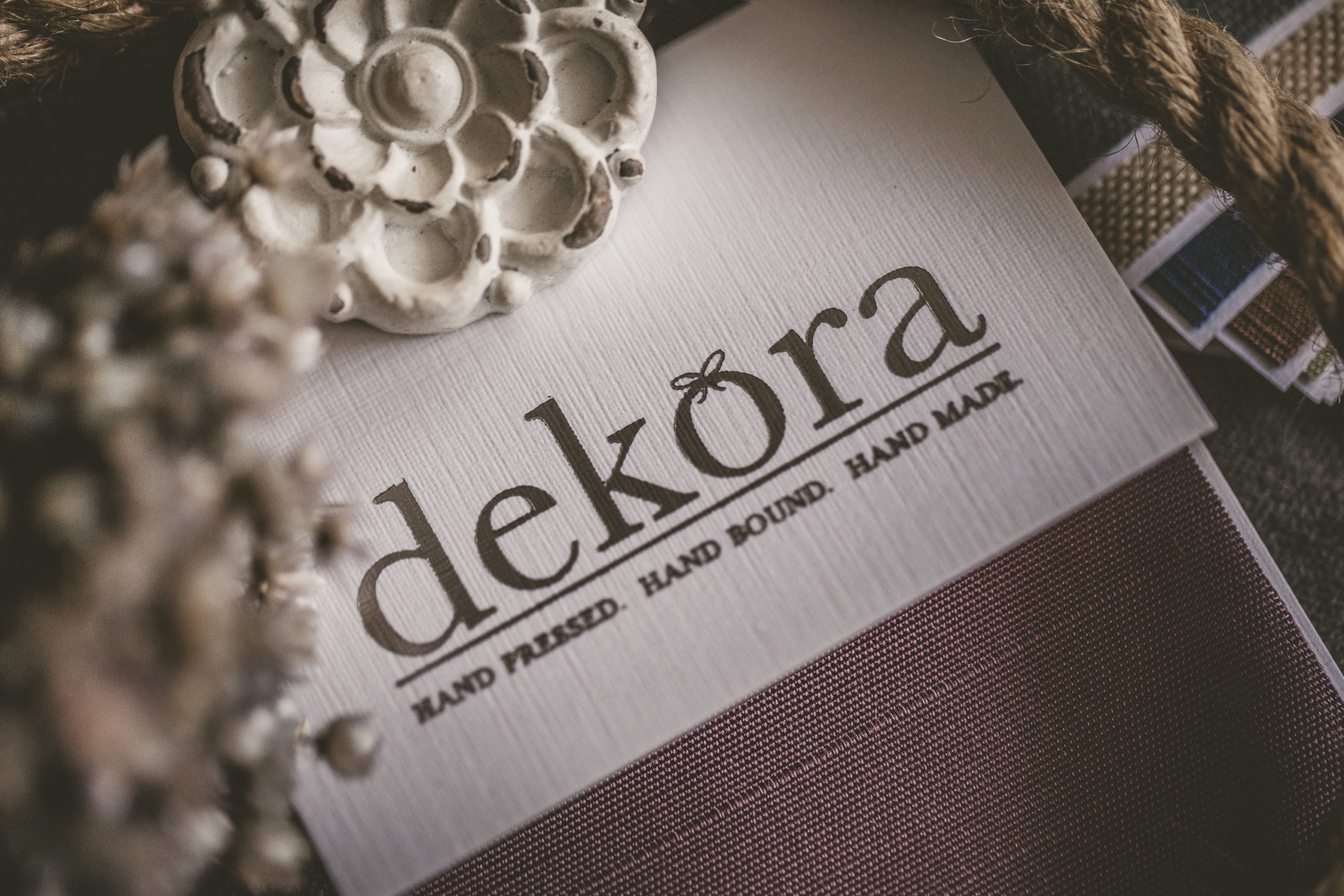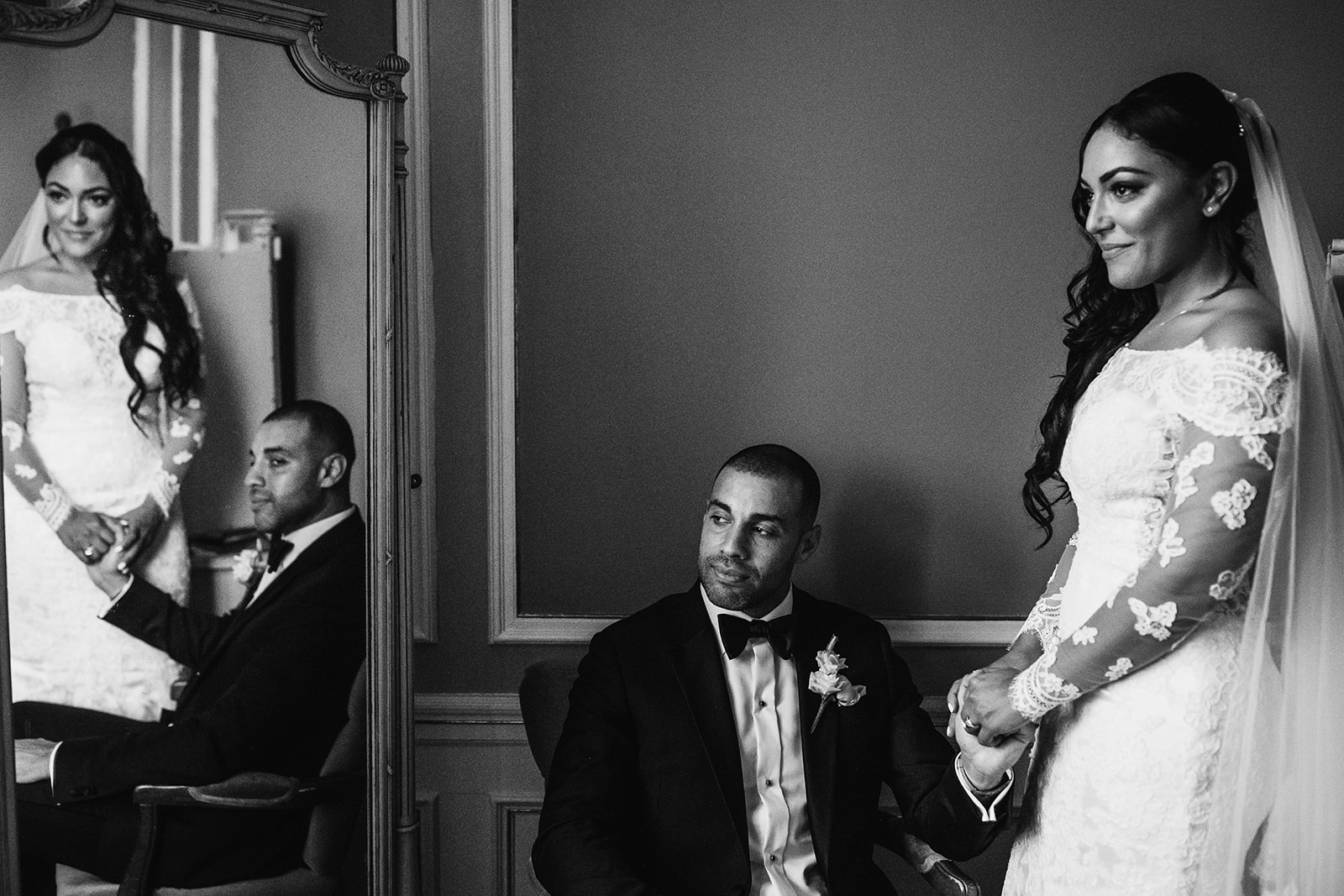Your Client Hates Their Images – What to Do
It’s the email (or phonecall) that every photographer dreads receiving. Your client hates their images. What to do now? When your clients hates their images, the initial reaction of a photographer is to be crushed. We work hard on our craft and we take everything we do to heart. Before reacting and emailing back based on emotion alone, bring out the business side of your brain and put a plan into place.
- Part 1 of your plan: Dealing with the “right here, right now”.
- Part 2 of your plan: Preventing this in the future
This article will cover what to do for part 1, dealing with the “right here, right now” of an angry or unsatisfied client.
Your Client Hates Their Images – What to Do
#1 – Stop. Take a breath. Repeat.
In order to get things started on the right track, ensure that your first reaction is to remain calm. Yes, you feel like there’s a dagger in your heart and your mind is running through thousands of “what if” situations and you’re probably baffled at why your client hates their images and are trying to think of reasons – but trust me, the best thing you can do for yourself is to stop, take a breath and give yourself a moment of peace. In a situation like this, we react with our hearts since our feelings have been hurt; but we need to fix the problem with our brains. Take the time you need to deal with all the icky emotions you’re feeling and then start flushing them out of your system before you reply. Never proceed to “handle” a situation when you’re red hot with emotion.
#2 – Listen to your client
The first thing to remember when dealing with any type of upset individual is that when someone is upset, they want to be heard. Often times simply listening to their concerns in an understanding manner will help prevent the situation from escalating. Re-phrase the issues they have brought forth to show them that you understand. Give them the time they need to get it all off their chest. Giving an upset client 5 or 10 minutes or your time to vent can often deflate the issue and turn that mountain back into a mole hill.
#3 – Self-assess the images and be open to understanding any valid points the client has made
This is the tough part; since it’s been made clear to you that your client hates their images, you have to ask yourself if the client is actually making any valid points. Is there an issue with the photography? Did you only shoot the same 3 or 4 poses over and over again? Did you shoot everything with the same lense, same perspective and same framing? Is it true that there was little variety in the images? Could the editing be better? Are there images out of focus?
While we all like to think that each session is our best, in truth it’s possible that the session was not your best. Maybe there was something you could have done better. It sucks that it happened, but it’s how we learn. The thing that’s important at this point; however, is how you proceed to fix things from here. You didn’t have a choice in how your client reacted to the images; but you DO have a choice about how you’ll fix the situation.

#4 – Stick up for yourself when and where appropriate OR Offer the solution that is best fit for the situation
If your self-assessment and critical analysis of the photos shows that you really did provide them with a full and complete gallery that was comparable to what you advertise in your portfolio then you’ve reached the part where you have to stick up for yourself. Sometimes you can have a client who is unhappy with their photos simply because of their own self-esteem issues and regardless of how carefully you pose and how much you retouch, they will still find something wrong with the photos. If your photos truly are good, it’s important that you (tactfully) stand up for yourself and keep that confidence as you work through the problem with the client. You can still extend an olive brand to your client and offer a solution if you feel like it would be best for customer service, but remain proud of your work.
An example of this would be… if the client says that they don’t like the photos because everyone is “squinty” and faces are really red because everyone was hot. If you previously advised the client that shooting at noon in an open field with no shade during the middle of August is not was you would recommend, you have to revisit those old conversations and say “While I understand your concern, I did bring it to your attention before we booked the session that shooting at that location at that time of day would result in very harsh lighting conditions. The images were captured as best as possible given the time and location that you chose for your photos, despite our suggestion for a different time/location.” You could go on to offer a re-edit of those images with less reds and try to spot-correct shadows on the eyes a little bit if you feel that would be best in order to leave your client extra happy. Depending on your relationship with the client and other past situations with the same client, you may feel like offering a re-edit wouldn’t be appropriate. This is your call.
If your analysis of your photo gallery leads you to conclude that yeah… maybe you could have done a better job then you need to think of what type of solution you can offer.
#4 – Keep customer service in mind; but know your end point
You always want to keep customer service in mind; you want your clients to be satisfied. That being said, there are also limits as to what you can realistically do, especially if the situation doesn’t necessarily warrant a full “re-shoot”.
If the issue was on your end and the images aren’t up to par with your portfolio, offering a re-shoot is more than acceptable. Even covering cost of hair/makeup for your client can extend the olive branch of good faith and help mend the issue. If the issue was just with the editing, send the images out to be edited as that will most likely be the best solution instead of a full re-shoot.
If the issue was more-so on the end of the client and it’s simply their perception of the photos that they don’t like, you can offer “extended coverage” (ie, an additional hour of time to capture more photos) either for free or for a reduced cost as well as provide the suggestions to them that you feel may help them like these photos more (a different location, a different time frame, different outfits, different hair and makeup, etc.) Offering a full re-shoot when the issue lies with the perception of the client may not be the best move as it passively admits that you agree that there’s a problem with the photos.
If you are offering any type of re-shoot, “extended coverage” or re-edit solution for your problem, make sure to outline the details of this solution in writing so that the client knows that this will be the final step and that they cannot get another re-shoot or a refund after the second shoot, etc. Agree on your terms before proceeding.
#5 – Put a plan in place to prevent this type of thing from happening in the future
You can learn a lot after an experience with an upset client and truthfully, every difficult situation you face will make you a better business person in the end if you choose to learn from the situation. Dealing with an angry client and preventing future problems is a whole other article.





